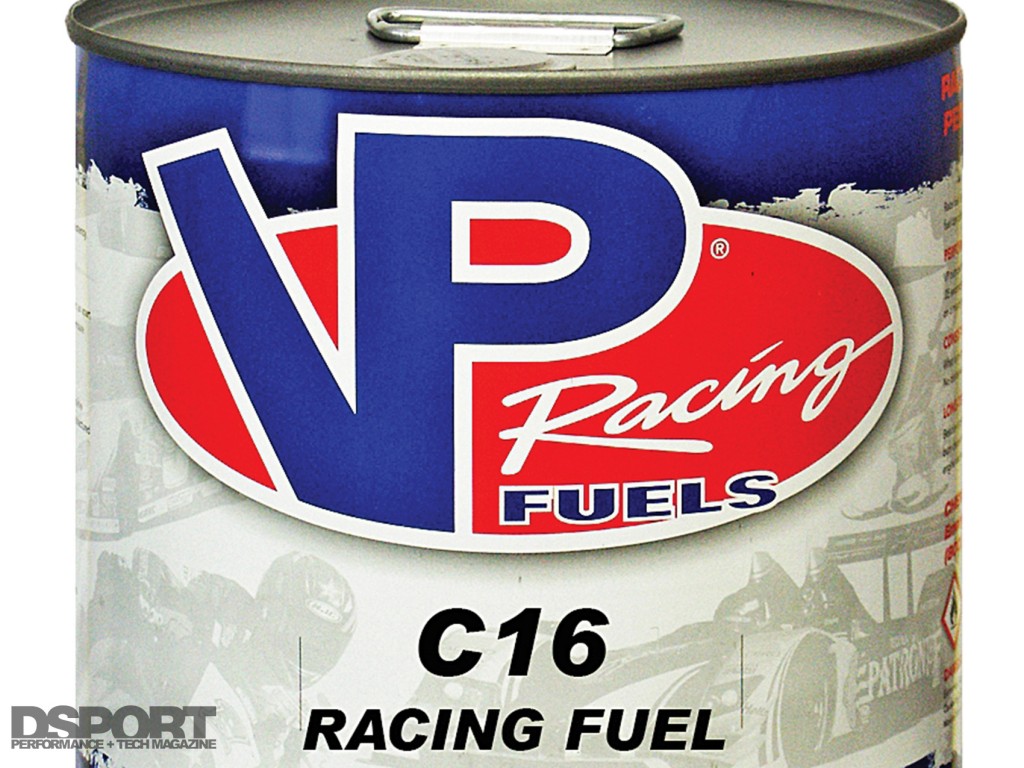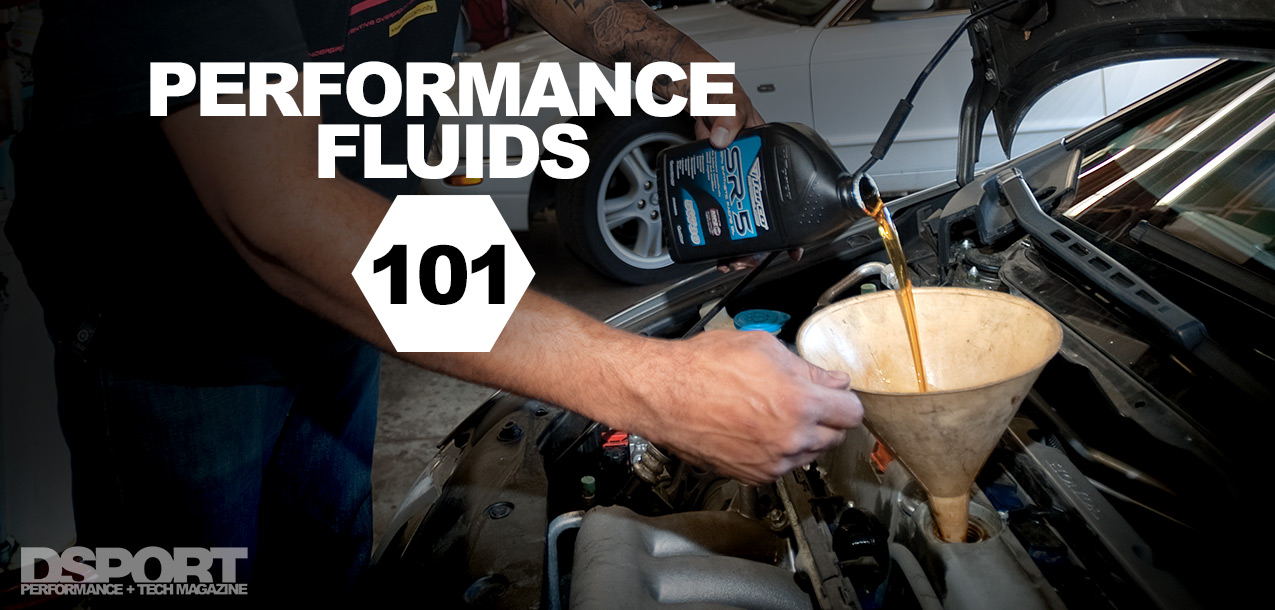High Octane
What you feed your engine determines its ultimate performance. The nutritional performance needs of an engine are influenced by a number of factors. Some of these most important factors include an engine’s compression ratio, rpm potential and the boost pressure of the forced-induction system. Engines that run higher compression ratios (above 10:1), operate at higher speeds (generally over 6,500 rpm) or use some form of forced induction are usually the applications where improving the quality of the fuel results in a significant increase in performance.
A relative new arrival to the high performance fuel world is the ethanol based biofuel known as E85. As the name implies, E85 is 85-percent ethanol and 15-percent gasoline. E85 is available as an alternative pump fuel in many parts of the US. The genesis of E85 is linked to a complex political attempt to reduce America’s dependence on foreign oil. To what extent this objective has succeeded or failed is the source of much debate but there is absolutely no debate in regards to the performance potential of E85. Its octane (105), cooling properties, oxygen content, and availability make it the most popular high performance fuel. E85 is effectively race fuel available at the pump for less than the price of regular unleaded.
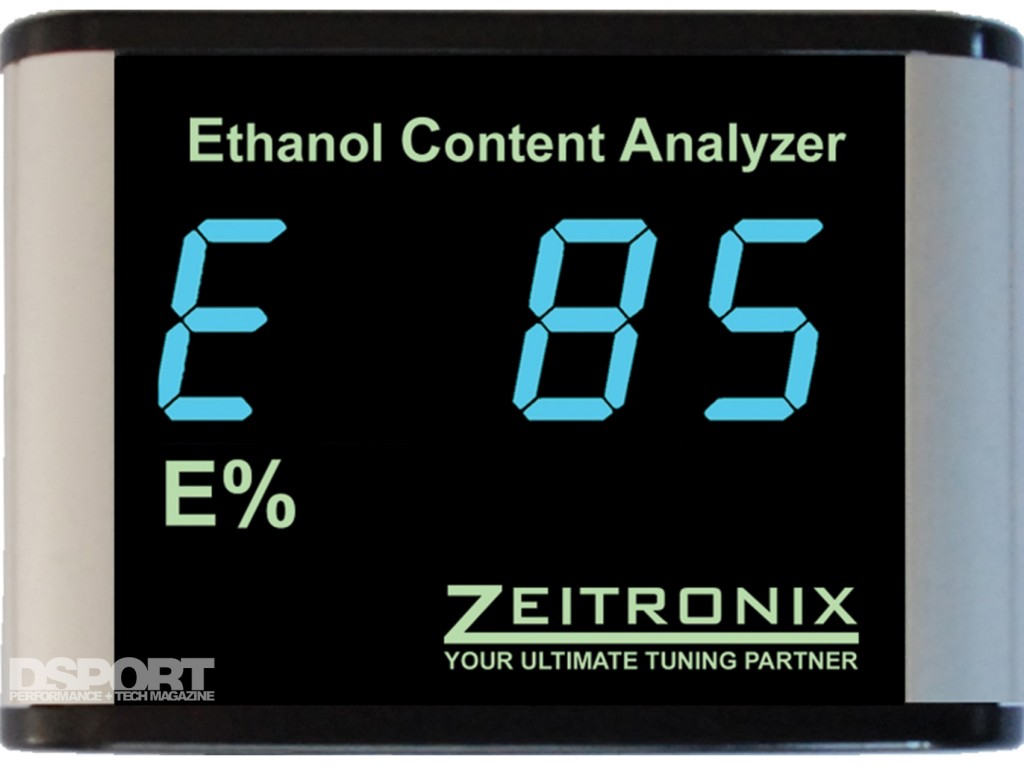 As E85 can vary from dramatically in actual ethanol content from pump to pump, it’s important to have a flex-fuel sensor and ethanol content analyzer to ensure maximum engine performance.
As E85 can vary from dramatically in actual ethanol content from pump to pump, it’s important to have a flex-fuel sensor and ethanol content analyzer to ensure maximum engine performance.
The octane and cooling qualities of E85 do not fully explain the huge increase in power. The substantial increase in power is octane along with oxygenation and fuel mass. The chemistry of E85 requires more fuel mass for each mass of air and this fuel mass contains huge amounts of oxygen. Because E85 requires a higher fuel mass per unit air, the total volume of fuel required is much higher. Both 91-octane and 100-octane gasoline requires about 30-percent less total fuel volume. The level of fuel consumption needed for E85 is simply beyond the fuel flow capacity of most factory fuel systems. Significantly more fuel pump and injector capacity is required to run E85.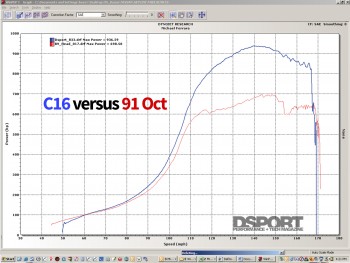
When it comes to the import-performance market, VP Racing’s C16 has been the tried-and-true benchmark racing fuel. C16’s high-performance characteristics, superior availability and affordability have made it a fuel of choice for many import performance enthusiasts and tuners. On the competition end of the spectrum, VP Racing’s Import blend has been the fuel of choice for the majority of all import drag racing teams. The VP Import blend featured higher-octane with an oxygenated-formulation that allowed some race teams to realize up to five percent more power.
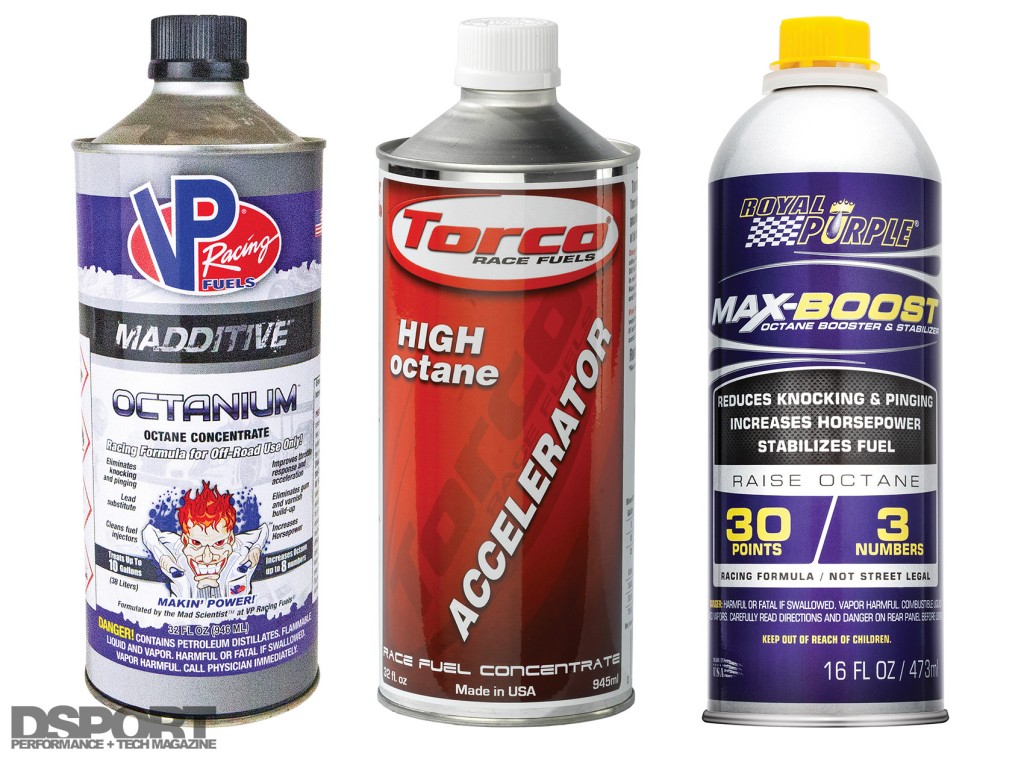 While pump gas may be the most readily available fuel, it doesn’t make it the best. Race fuels can raise the power potential of almost any engine. Octane boosters can also offer increased power for little investment.
While pump gas may be the most readily available fuel, it doesn’t make it the best. Race fuels can raise the power potential of almost any engine. Octane boosters can also offer increased power for little investment.
The Last Drop
There’s more to understanding the fluids that encompass the entire vehicle system than just checking their levels or buying what everyone else is buying. Armed with knowledge about your particular project or build-plan, you can use the proper combination of fluids in their respective places to maximize power output and overall engine safety and durability.